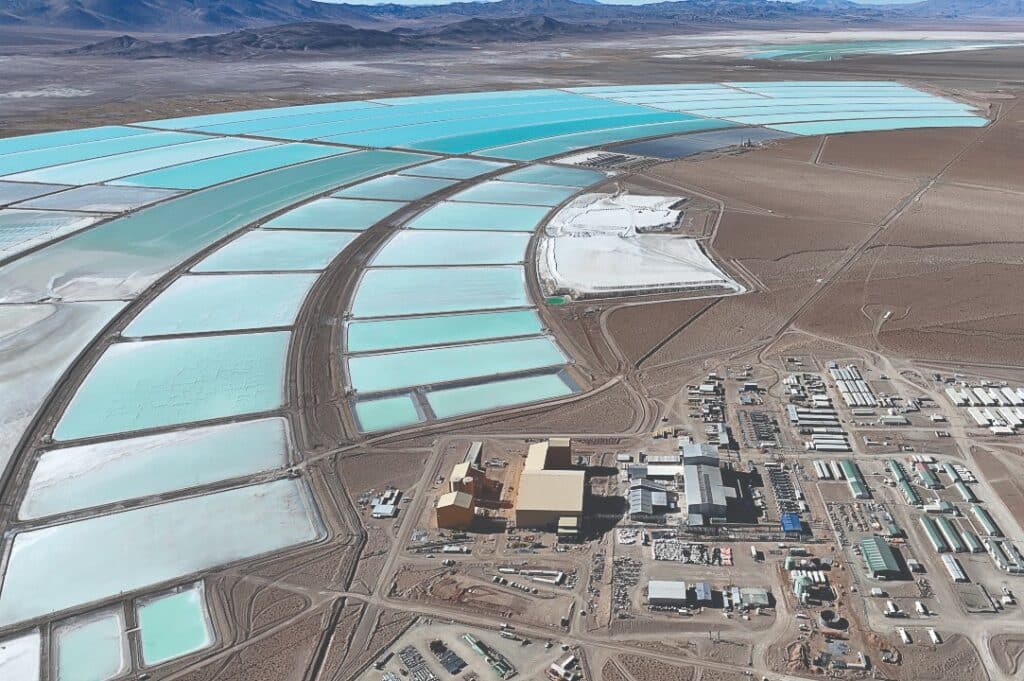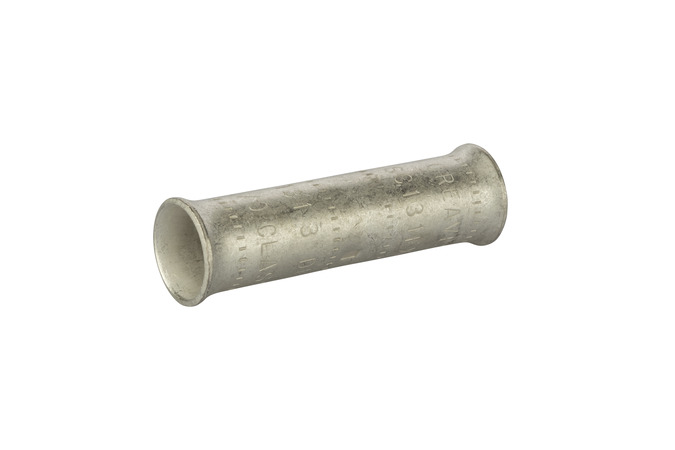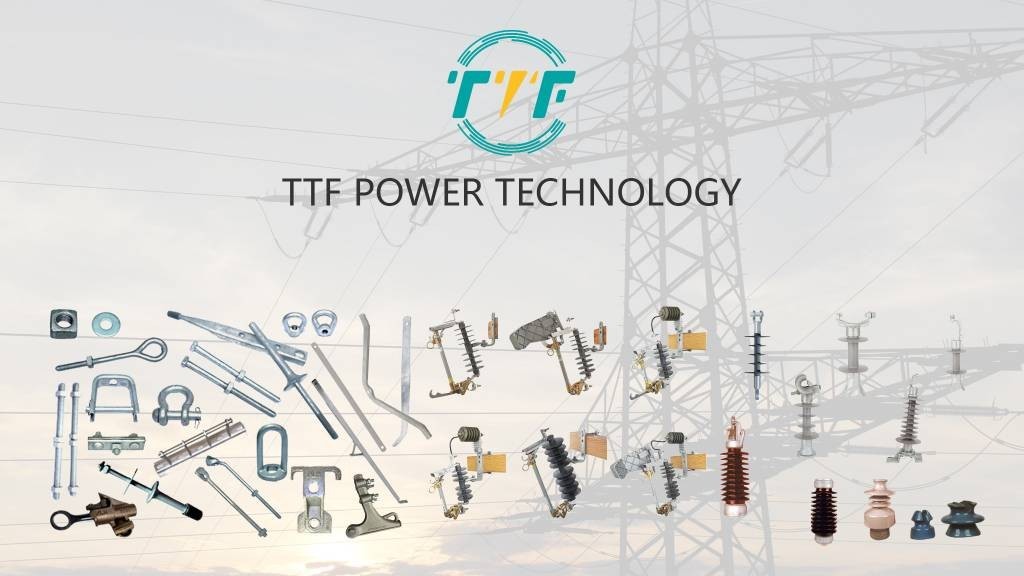
With one of the world’s largest lithium reserves, Argentina has set ambitious goals to ramp up production by 75% in 2025. The country expects to produce 130,800 tonnes of lithium carbonate equivalent (LCE). The boost in production is mainly from the new operation in Salta and expansions in Catamarca and Jujuy. Lithium is a key component in electrical vehicles, energy storage, and the energy transition. Lithium enables decarbonization by replacing fossil fuels in transport and electricity. Argentina aims to export lithium, develop battery manufacturing, invest in research, create EV production hubs, and develop advanced lithium technologies. It has the potential to position Argentina as a top global exporter of lithium products, boost foreign direct investment, and create jobs. The use of a compression splice maintains the integrity and efficiency of pipelines used in lithium brine extraction.
Compression splices join sections of HDPE (high-density polyethylene). They also ensure leak-proof transport of lithium-rich brine from evaporation ponds to processing plants. Lithium brine is corrosive and often moves through extreme environments. They face high salinity, UV exposure, and temperature swings. High-quality compression splices provide a durable, corrosion-resistant seal to prevent failures. They also allow for quick disassembly and reassembly to reduce downtime in case of pipeline damage. A failed splice can lead to brine leaks that disrupt production, causing environmental risks.
Effects of scaling up Argentina’s lithium production
Argentina’s goal to increase lithium production by 75% could strengthen its economy and global battery supply chains. It, however, raises environmental, social, and economic concerns. Lithium extraction from brine needs significant amounts of water, which can worsen droughts in arid regions. This may also lead to competition for water resources with local communities. To address these concerns, Argentina must reinforce and invest in sustainable mining tech.
Boosting Argentina’s lithium production through compression splice
Lithium extraction and production depend on efficient power transmission systems to power the infrastructure. Compression splices are mechanical connectors used to join two sections of electrical conductor in high-voltage transmission lines. They maintain electrical continuity, provide mechanical strength, ensure corrosion resistance, and withstand thermal expansion. They are crucial in lithium production for durable and efficient infrastructure. Here is the importance of compression splice in lithium production.

- Grid connectivity—lithium extraction processes need stable electricity in brine evaporation and refining. Compression splices ensure seamless connection of transmission lines, reduce electrical losses, and faster deployment of temporary grid extensions to mining sites.
- Enhanced reliability—high-quality compression splices reduce the risk of conductor failure, boost reliability of the power network, and allow for quick repair.
- Green infrastructure expansion—increased lithium production needs eco-efficient energy use. Compression splices connect renewable energy sources, ease the buildout of smart grid systems, and support Argentina’s goal of sustainable resource development.
- Cost-efficiency—the splices are quick to install, durable, and need minimal maintenance. This helps reduce the total cost of ownership for transmission networks.
Impacts of Argentina’s lithium production expansion plans on the energy sector
The planned increase in lithium production by 2025 will have various effects on the global and domestic energy sectors. It influences renewable energy adoption, battery supply chains, and geopolitical dynamics. To support global decarbonization, Argentina’s lithium surge must avoid environmental harm, energy-water conflicts, and overdependence on foreign buyers. Balancing with green mining practices, renewable energy use, and local processing can help the country become a model for sustainable lithium-powered energy transition. The following are the key impacts of lithium expansion.

- Boosting renewable energy and battery storage—more lithium results in cheaper and more abundant batteries for EVs and grid storage. This helps meet global net-zero goals by enabling large-scale energy storage solutions.
- Pressure on global lithium supply chains—rapid production growth could stabilize prices and lead to oversupply risks. The expansion could reduce reliance on Australia and Chile to diversify supply chains.
- Energy demand and infrastructure challenges—lithium extraction and refining are energy-intensive without renewables. This could increase the dependence on fossil fuels in mining regions. Water-intensive lithium operations may compete with hydropower and agriculture, which disrupts energy-water balance.
- Technological shifts—increased lithium production in Argentina could lure EV factories and battery plants to South America. Potential for direct lithium extraction tech is less water-intensive and more sustainable.